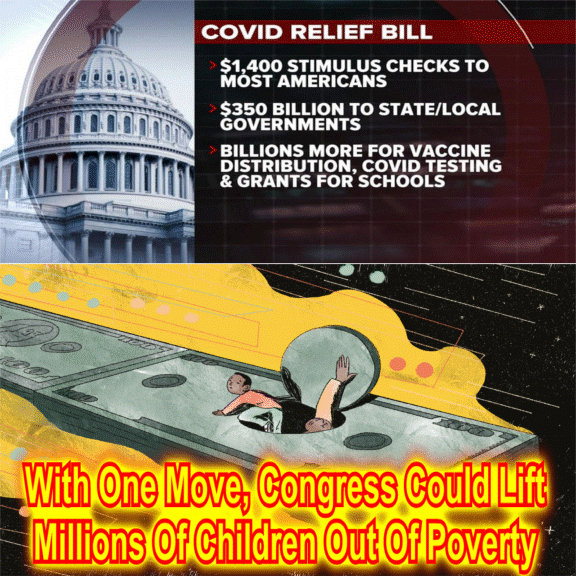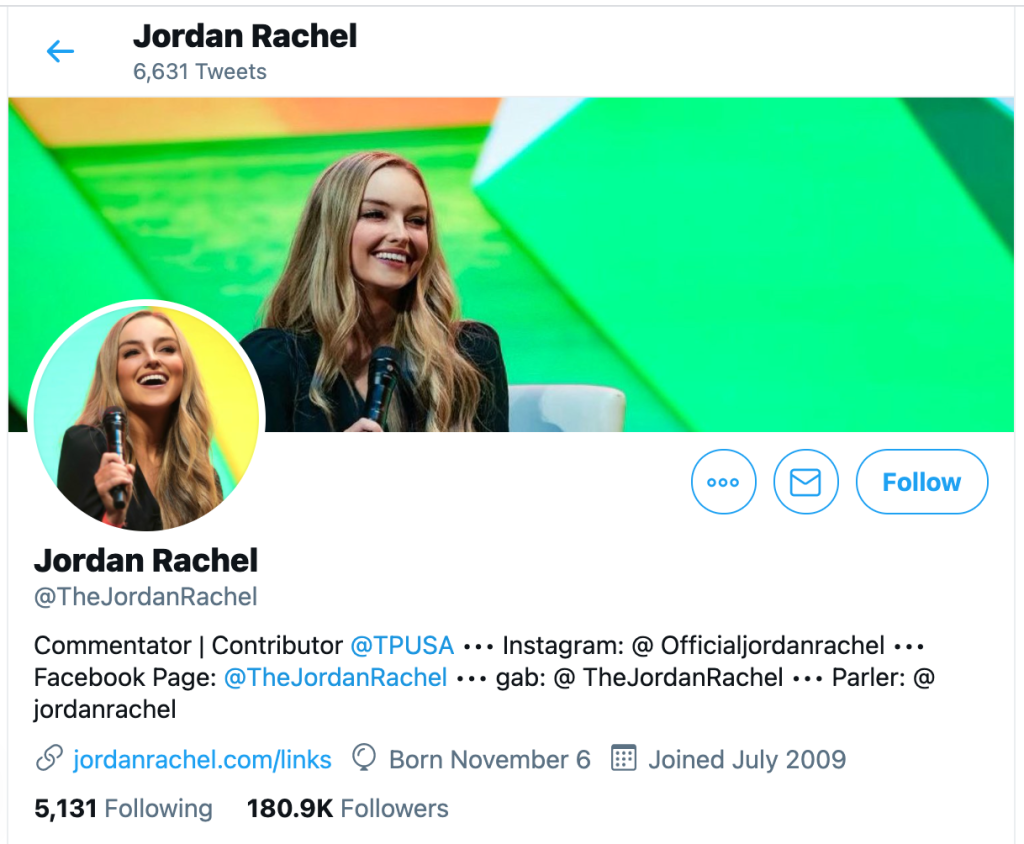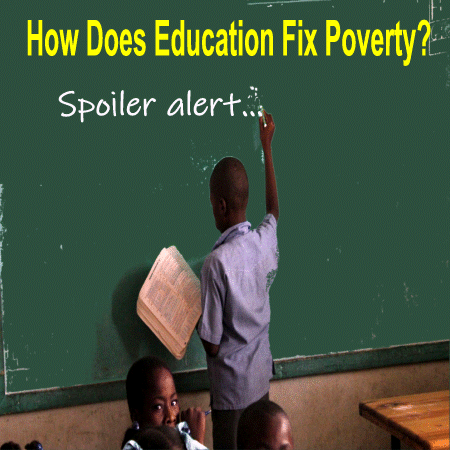Call me excited about the many billions of dollars that Team Biden is planning to invest in new and renewed education initiatives, from pre-K through college. Even more exciting is the total absence (so far) of systemic efforts to bribe and/or extort states to adopt corporate policies favored by the profiteers of the education industrial complex. It's too early to know for sure, but it looks as if these unprecedented education investments now on the horizon actually acknowledge the massive education debt owed to public institutions that have been deprived for decades of needed funds for staffing, physical plants, transportation, and instructional resources.
As these new funding streams come closer to reality, the Biden Team has also targeted child poverty, with tax credits in the Covid relief legislation that will cut child poverty almost in half. If these cuts can be made permanent, the reductions in child poverty would constitute, in themselves, the most important education reform of the past 50 years. For as child poverty rates decrease, we may certainly expect increases in student achievement.
But old habits of thought die slowly, it seems. For as we stand on the cusp of dramatically cutting poverty rates and addressing other structural issues that have helped preserve segregation based on race and class, some politicians remain focused on treating the symptom, rather than the disease.
Senator Michael Bennet (D-Colo.) offers a good example of politicians who believe that the performance, CONTINUE READING: Schools Matter: Dear Sen. Bennet: The best way to help "high poverty schools" is to eliminate "high poverty schools."






































